Ashley Onadele
Ashley Onadele
Former Senior Content Contributor
123 Published Articles
Countries Visited: 15U.S. States Visited: 10
Ashley discovered a love for travel in college that’s continued as her family has grown. She loves showing parents how they can take their families on trips using points and has contributed to numerou...
Edited by: Jessica Merritt
Jessica Merritt
Senior Editor & Content Contributor
258 Published Articles 956 Edited Articles
Countries Visited: 4U.S. States Visited: 23
A long-time points and miles student, Jessica is the former Personal Finance Managing Editor at U.S. News and World Report and is passionate about helping consumers fund their travels for as little ca...
& Michael Y. Park
Michael Y. Park
Senior Editor and Content Contributor
58 Published Articles 1437 Edited Articles
Countries Visited: 60+U.S. States Visited: 50
Michael Y. Park is a journalist living in New York City. He’s traveled through Afghanistan disguised as a Hazara Shi’ite, slept with polar bears on the Canadian tundra, picnicked with the king and que...

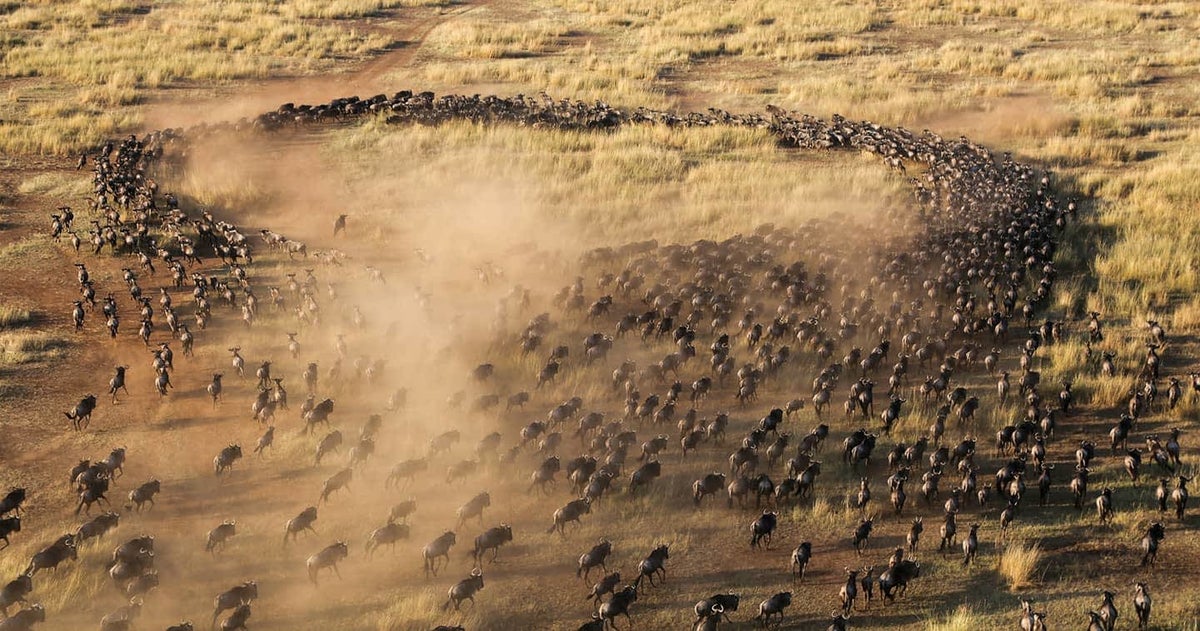
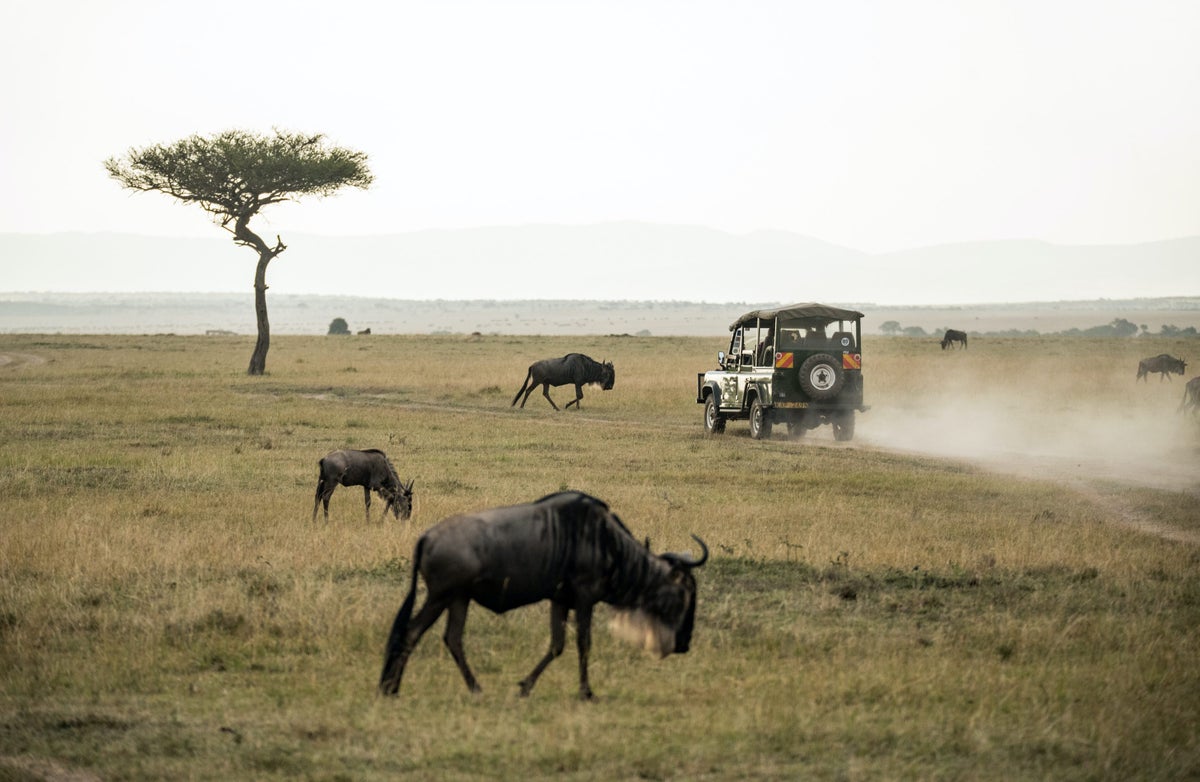
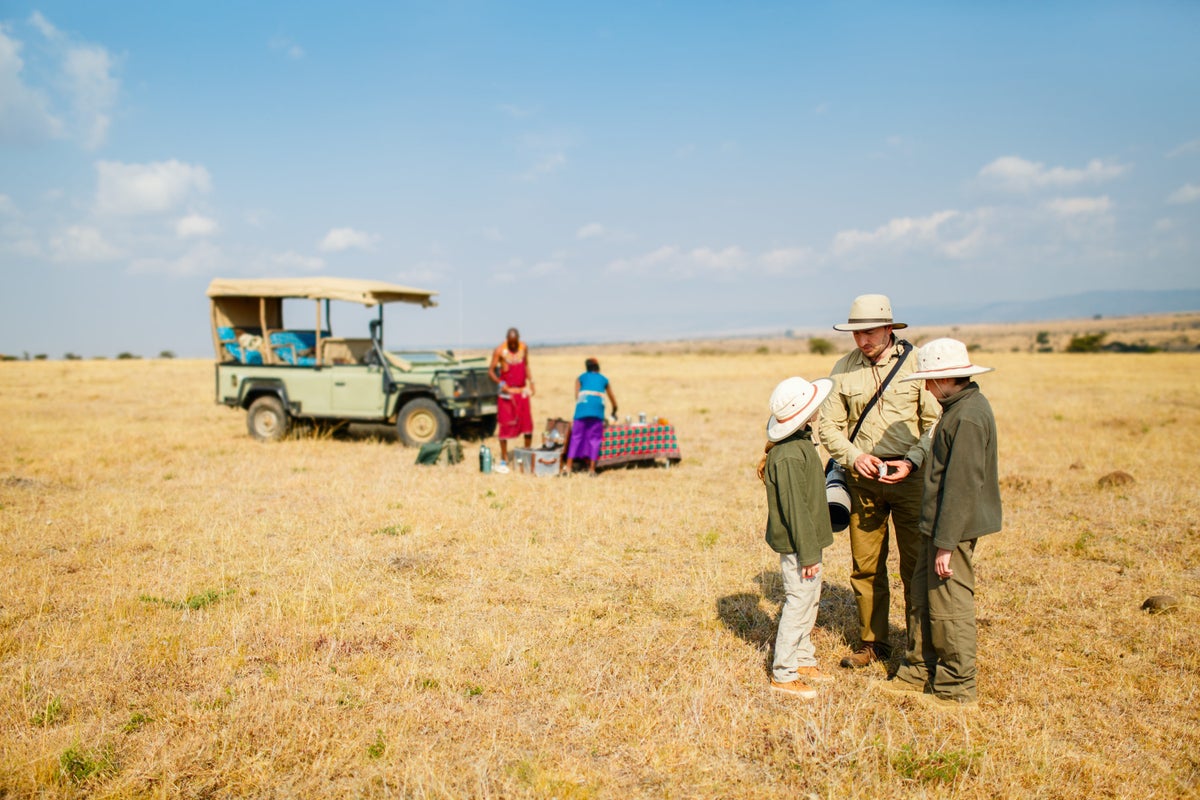
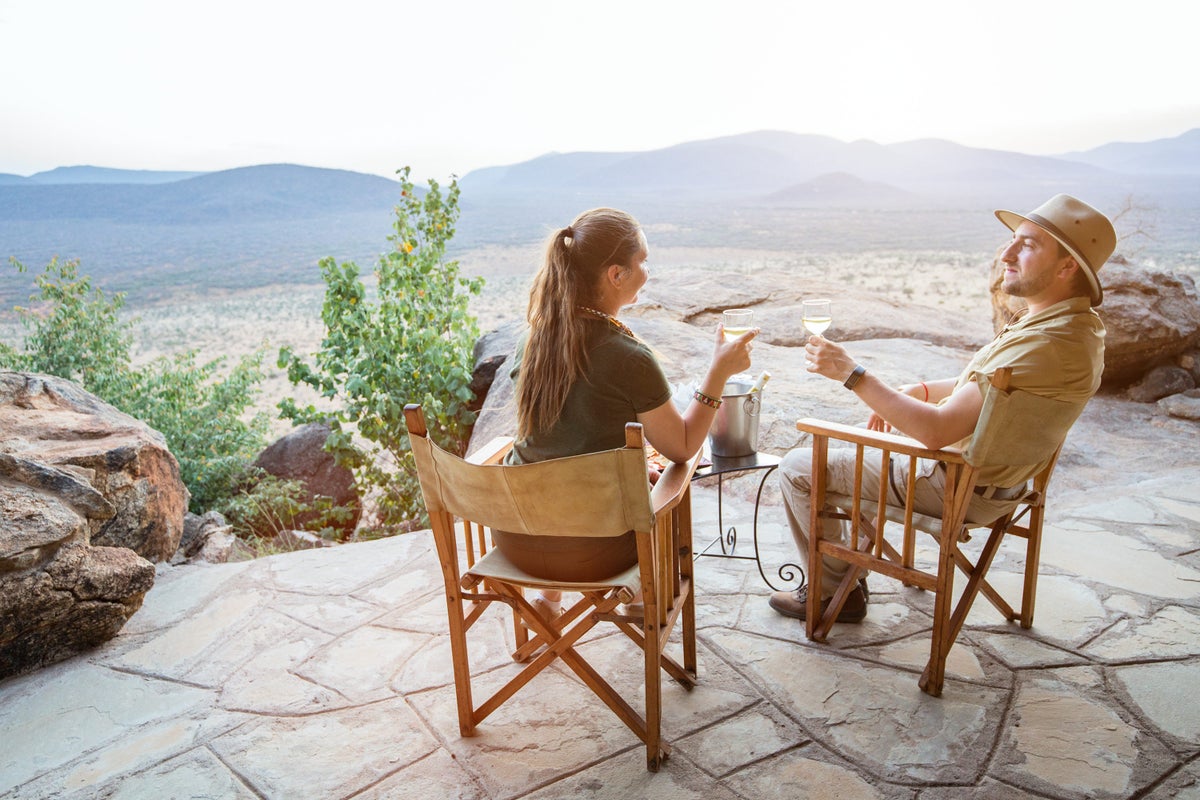
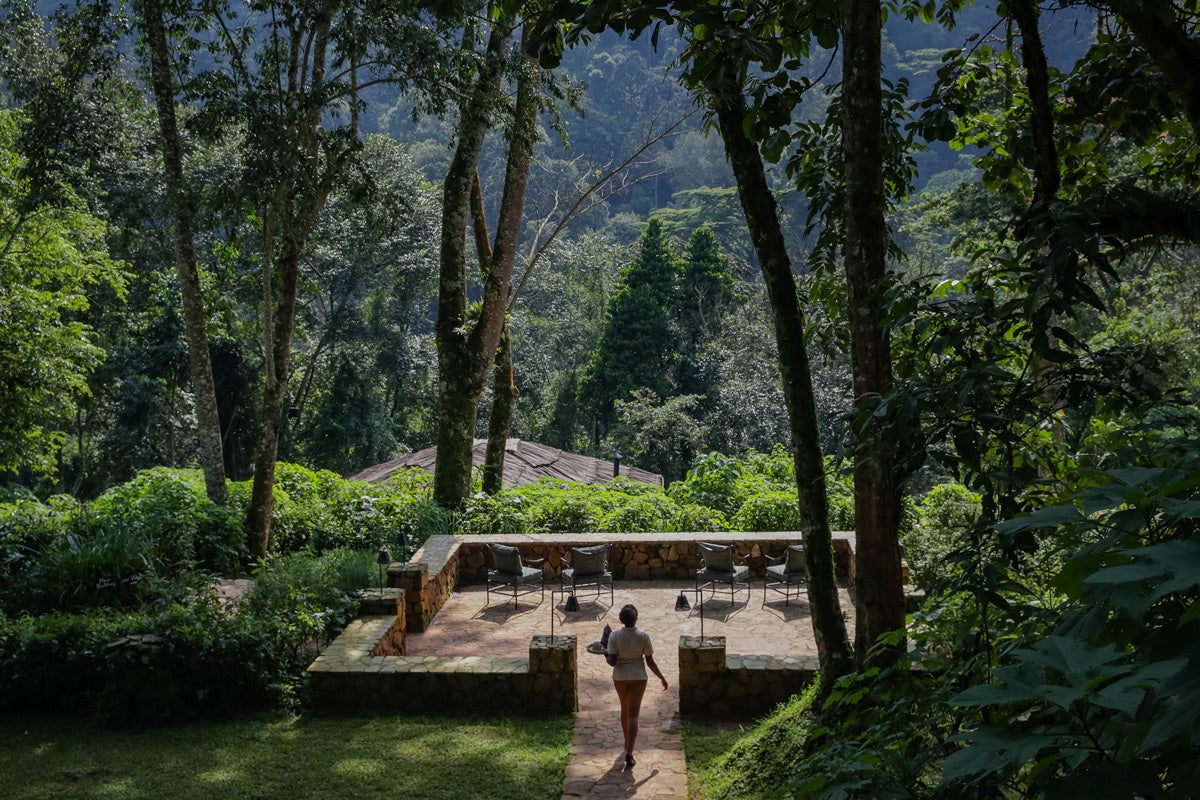


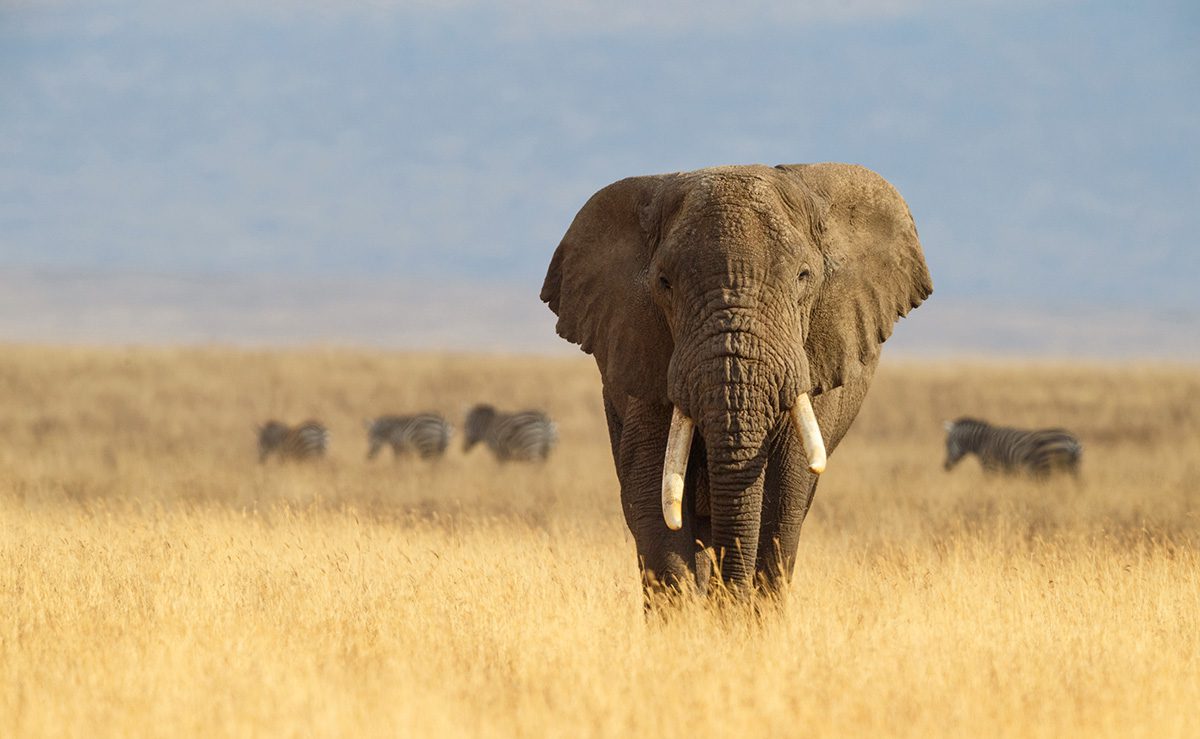
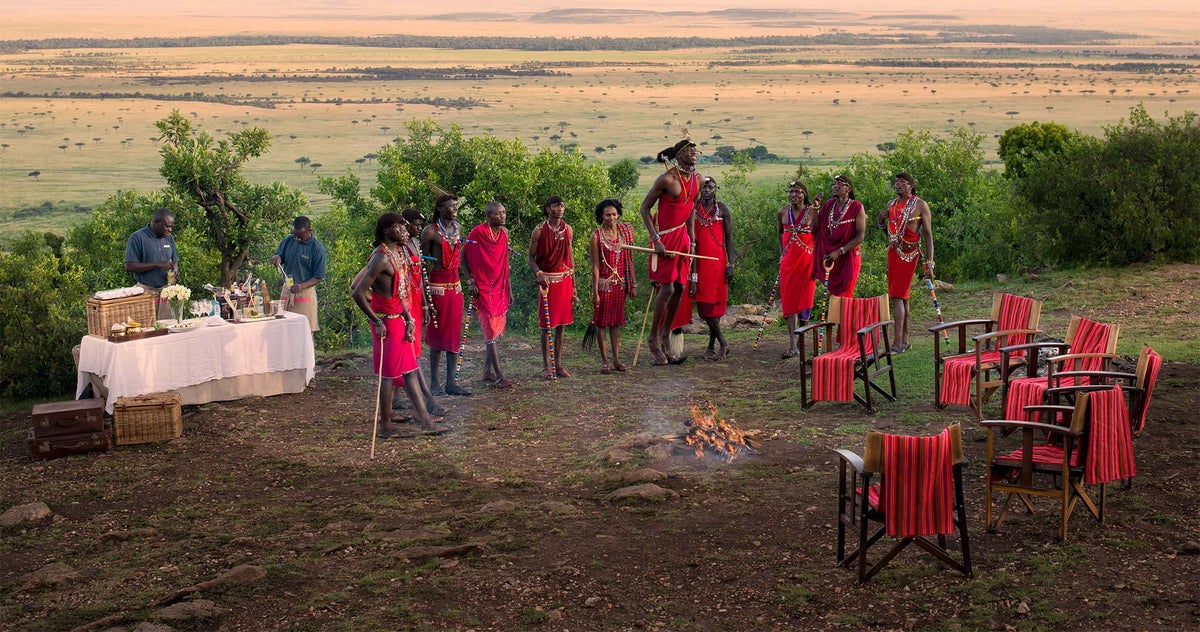
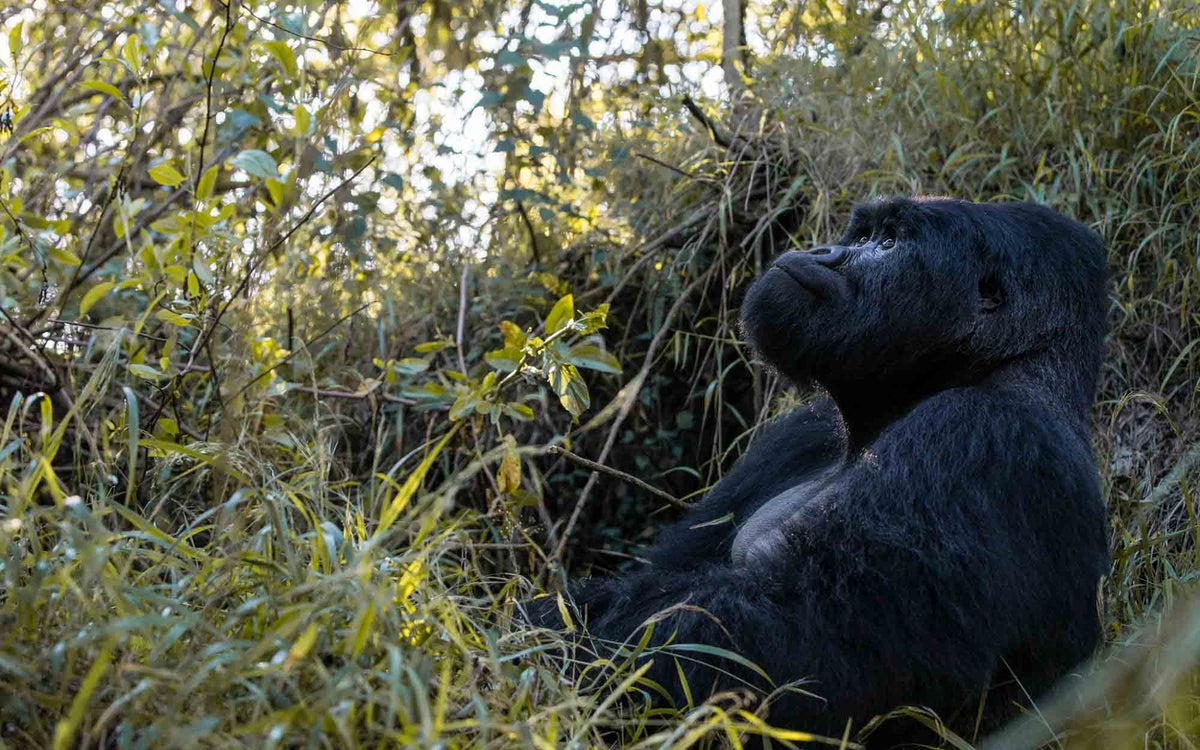
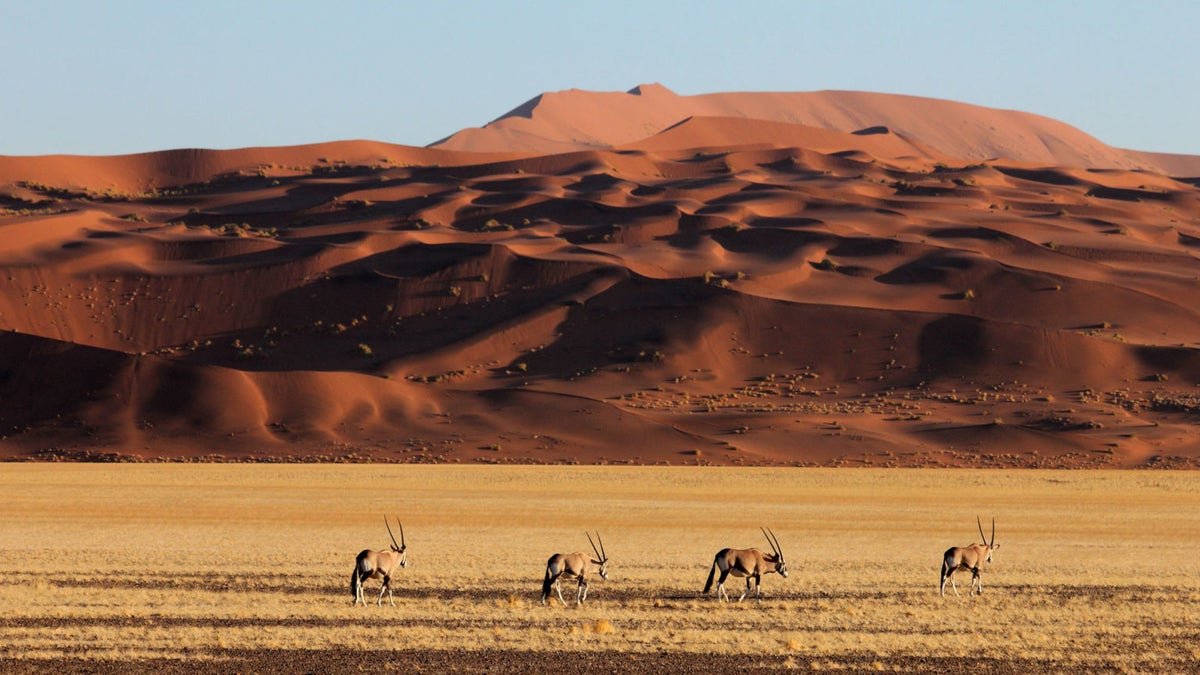
![The 7+ Best Credit Cards for Travel Accident Insurance [2025]](https://upgradedpoints.com/wp-content/uploads/2023/06/Amex-Green-Amex-Business-Platinum-Chase-Ink-Business-Preferred-Chase-Sapphire-Preferred-Upgraded-Points-LLC-Large.jpg?auto=webp&disable=upscale&width=1200)
![Aeroplan Credit Card – Full Review [2025]](https://upgradedpoints.com/wp-content/uploads/2021/12/Chase-Aeroplan-Card-Image.png?auto=webp&disable=upscale&width=1200)
![Venmo Credit Card – Full Review [2025]](https://upgradedpoints.com/wp-content/uploads/2021/10/Venmo-Credit-Card-green.jpg?auto=webp&disable=upscale&width=1200)
![The 7+ Easiest Credit Cards To Get Approved For [2025]](https://upgradedpoints.com/wp-content/uploads/2019/01/Capital-One-Platinum-Capital-One-Quicksilver-One-Upgraded-Points-LLC-2.jpg?auto=webp&disable=upscale&width=1200)